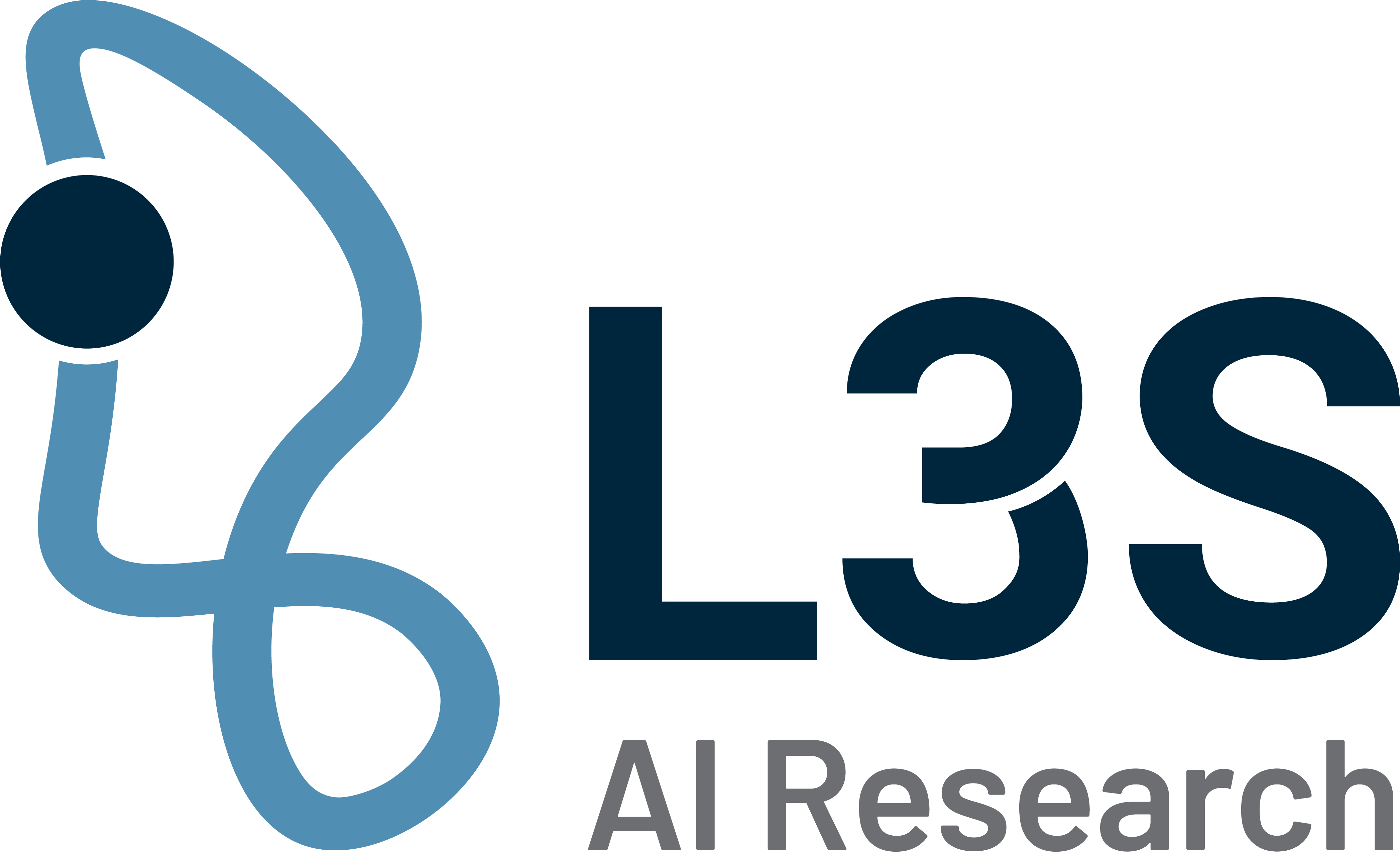©Generated by Mijourney
AI Language Models in Medicine
Ask your Doctor and Chatbot
The healthcare system is on the verge of a radical change due to the use of artificial intelligence. In the future – and to some extent already now – diseases such as cancer will be diagnosed much faster and patients will be treated much more effectively because their treatment is personalised. AI in medicine will therefore save many people a lot of suffering. The L3S is researching this together with the Hannover Medical School (MHH) and guest scientists from all over the world in the International Future Laboratory for Artificial Intelligence and Personalised Medicine (see Binaire 1/2023). In addition to intelligent image analysis and pattern recognition in large data sets, the big language models such as ChatGPT are now being added and are opening up additional opportunities for the healthcare system. They can relieve the burden on doctors and nurses suffering from bureaucracy and information overload and create simple reports from text and other data. Language models can collate and summarise data from different sources and even link them with a search engine, as has recently become possible with Microsoft Bing. The advantage: The search engine also takes current information into account, while ChatGPT is limited solely to the status of its training data and can only provide information about events and knowledge up to 2021. In the future, it could be possible to access local patient data (in compliance with data protection regulations) as well as worldwide study results. This networking of language models with other sources significantly increases the capabilities of AI and enables the grounding of the language model, i.e. the validation and expansion with information from the web and from medical databases – including secure access to local patient data with test results, interim diagnoses and reports from the treating physician.
The enormous potential of language models specifically for medicine lies in the fact that doctors can access all relevant information in natural language. With BioGPT, Microsoft has developed a generative transformer language model based on the GPT-2 architecture, which has been trained with extensive scientific literature in biomedicine. BioGPT enables the analysis of biomedical texts and the extraction of relevant information for a specific use case, such as an infection with multi-resistant pathogens (MRE). Especially for immunocompromised people, MREs are a serious threat when treatment fails to be successful due to resistance. Large language models in medicine can help to summarise relevant information about MRE, to formulate hypotheses for further research, to support diagnostics or even to suggest therapy paths.
Patients could also benefit directly from AI language models: In hospital, they would no longer have to rely solely on the doctor’s consultation, which is often very short due to a lack of time. They could also ask a chatbot, which would process the information from the personal medical record in a comprehensible way and answer questions calmly.
Doctors and patients cannot yet rely on AI alone. The reason is so-called hallucinations, which can occur from time to time with generative AI. This means that the language model generates texts that seem plausible but are partially or completely invented. The AI could also have hallucinated a therapy recommendation for the treatment of an MRE infection. Here, it still needs the doctor’s assessment whether the result is actually correct or just sounds clever.
Comparable to BioGPT, but with about eight times more parameters, namely 2.7 billion, is BioMedLM, an open language model developed at Stanford University in cooperation with the Californian AI company MosaicML, whose code is already available on the developer platform GitHub. “As researchers, we have the opportunity here to further develop this model and other, even larger open-source models – for research purposes as well as for a wide variety of applications, provided we have access to a correspondingly high level of computing power,” says L3S Director Prof. Dr. Wolfgang Nejdl. The new AI Service Centre for Sensitive and Critical Infrastructures (KISSKI), one of only four AI service centres in Germany, offers this computing power specifically for medicine and energy. Both areas have critical and sensitive infrastructures and place high demands on the use of AI methods. Two decentralised clusters with GPU systems and innovative architectures are currently being built in Göttingen and Hanover, which also offer AI services, consulting, and training.
The Federal Ministry of Education and Research is funding the project led by the University of Göttingen with 17 million euros, in which Leibniz Universität Hannover is also involved with L3S and LUIS, the Leibniz University Computing Centre. “Further expansion is necessary, but with KISSKI we have taken another important step for domain-specific innovations for and through large language models “made in Germany”,” says Nejdl.
Featured Projects

Contact
Wolfgang Nejdl is the managing director of the L3S research centre



